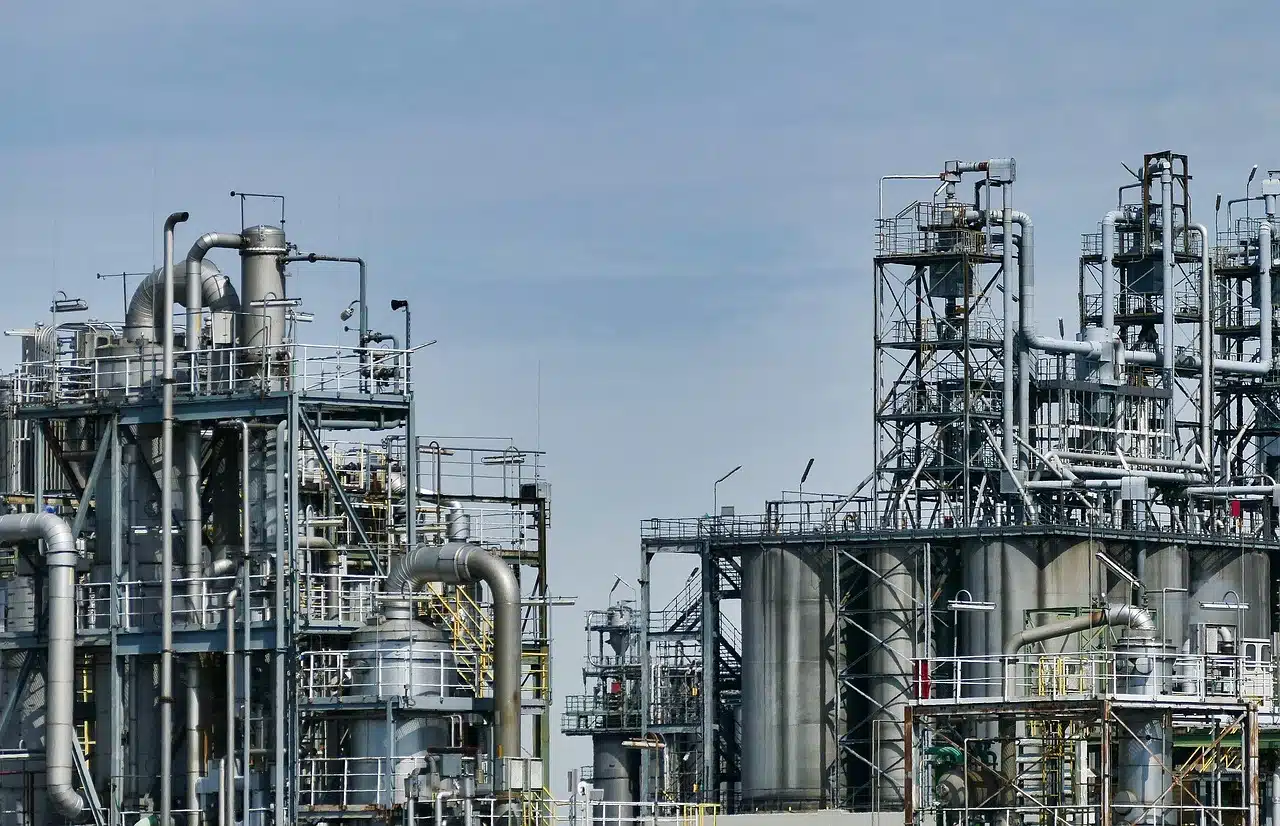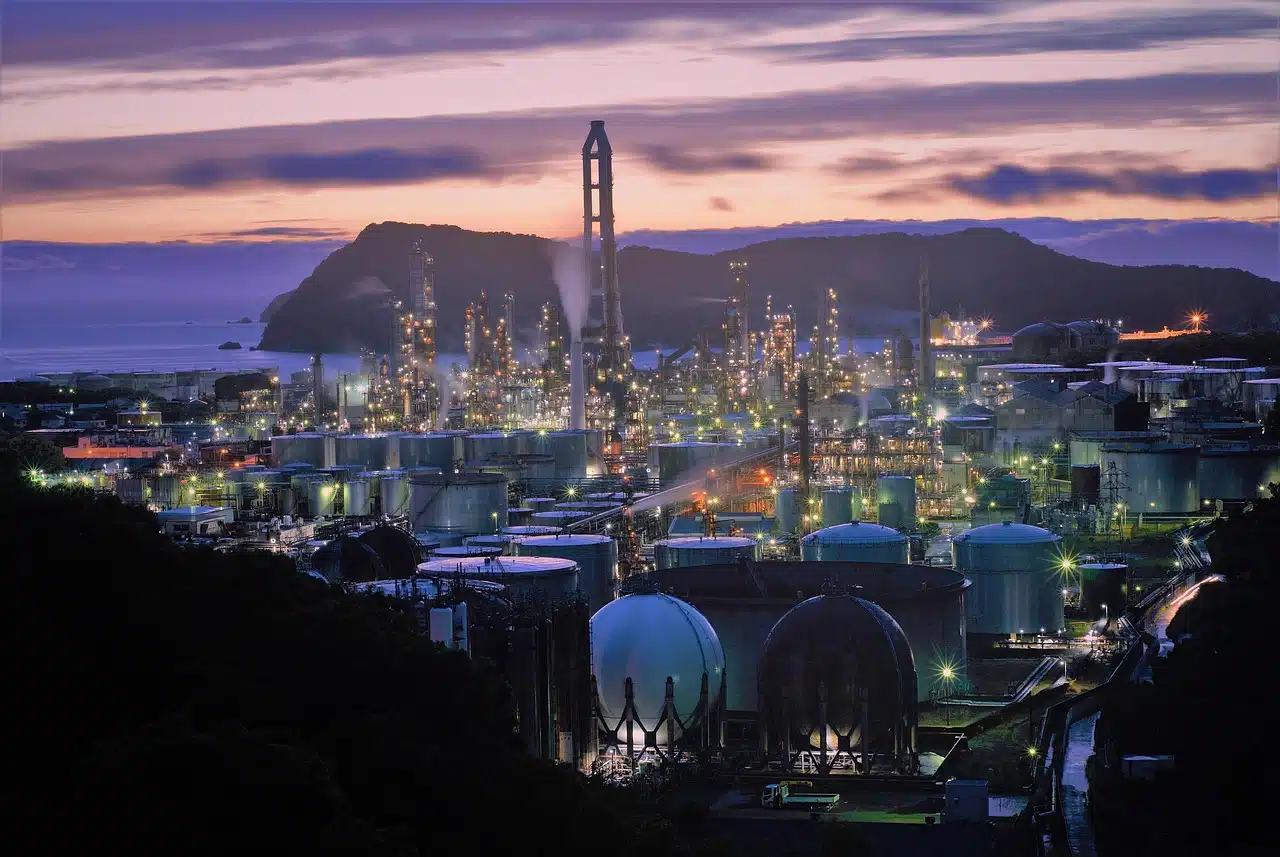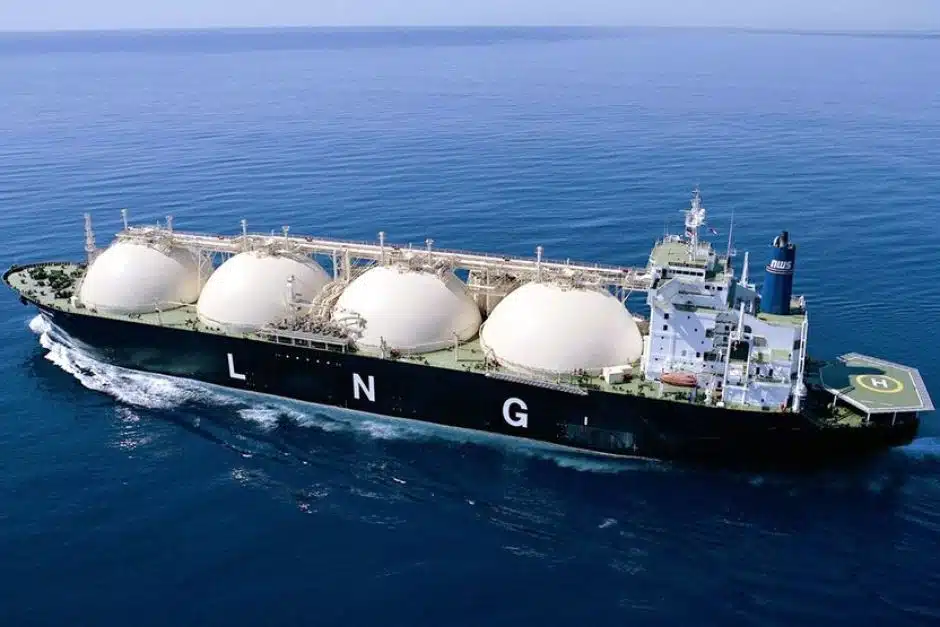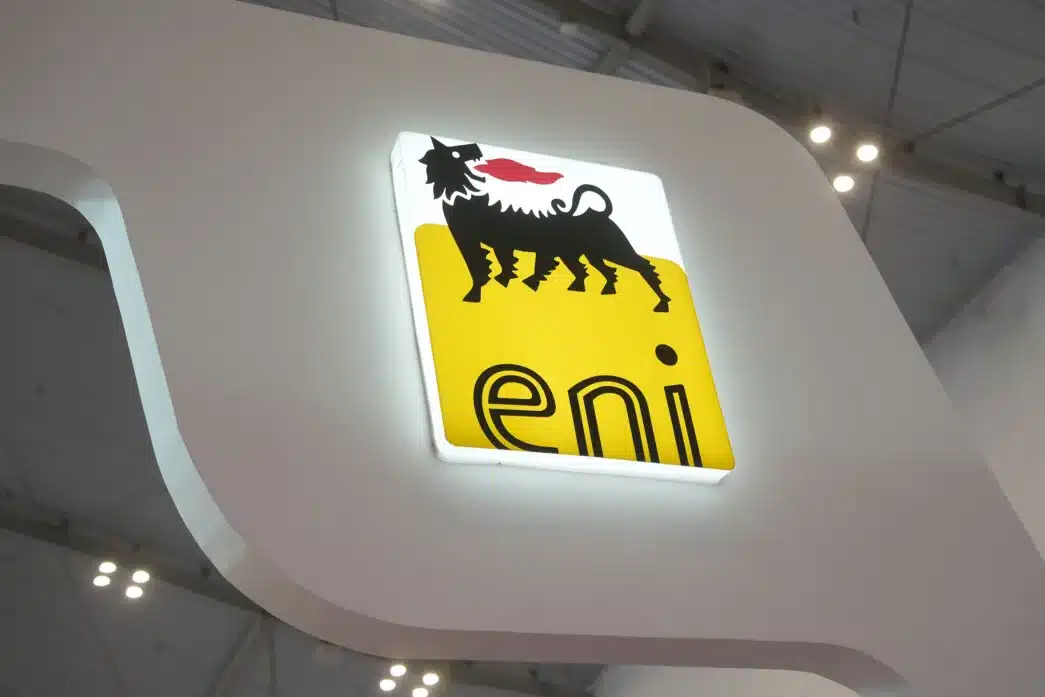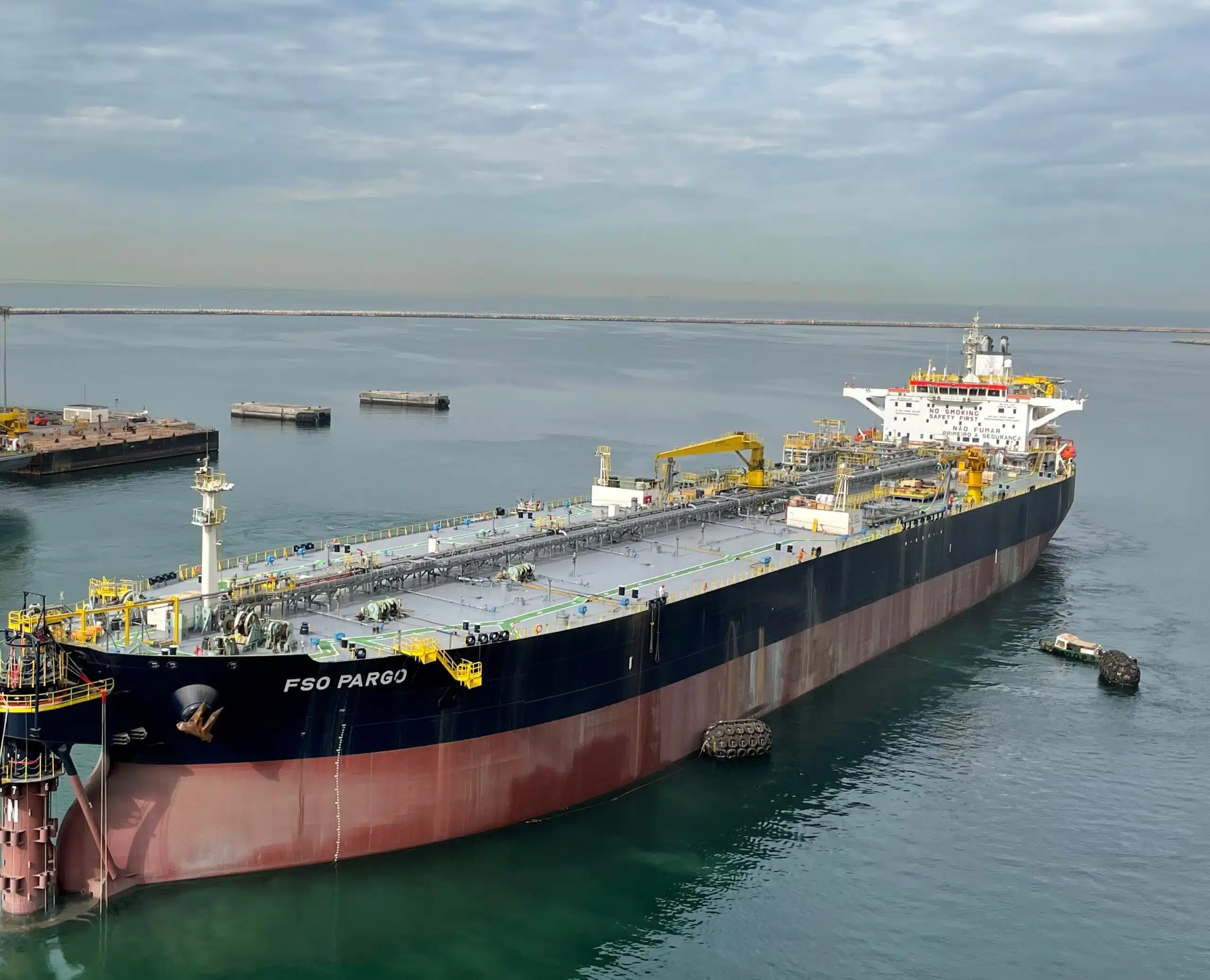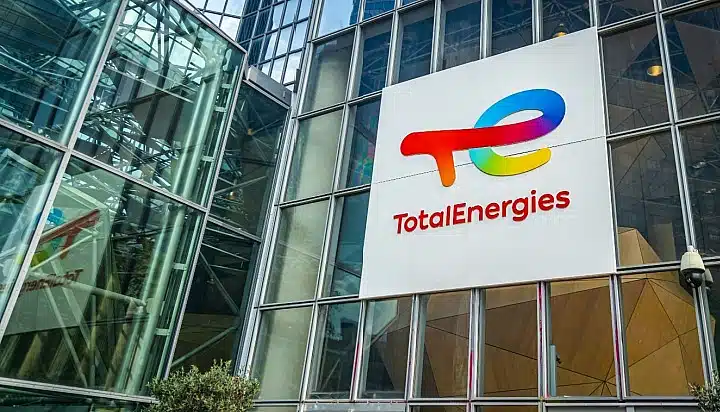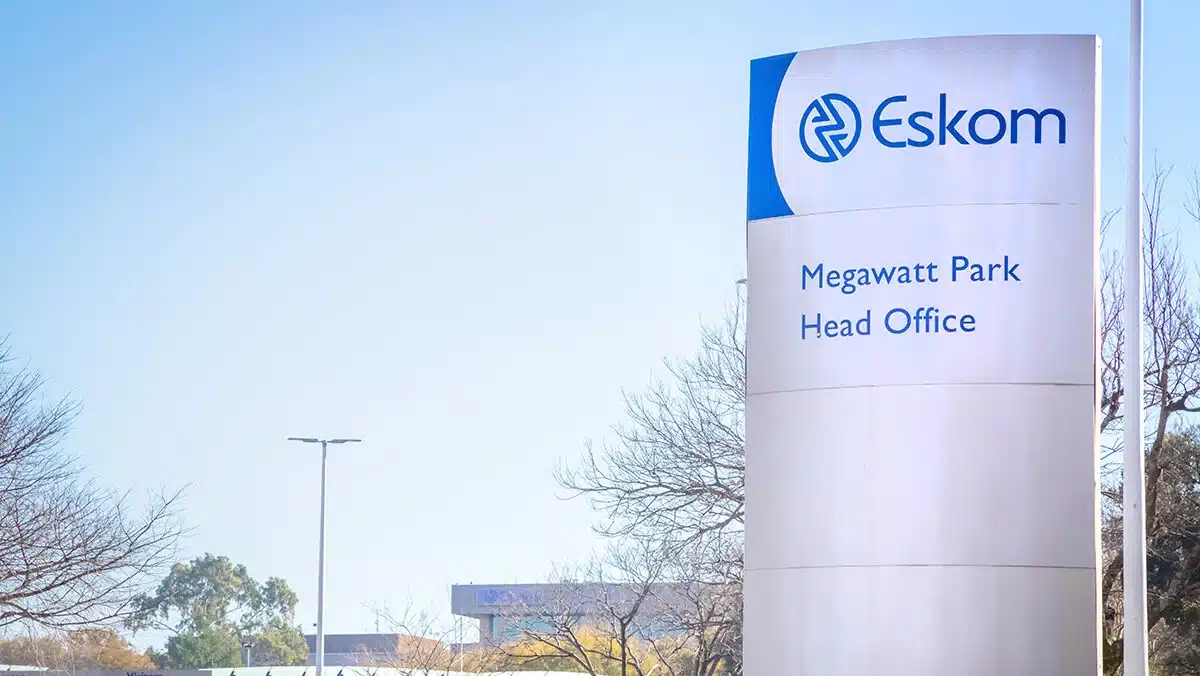Senegal has announced plans to build a second oil refinery in 2026, a $5 billion initiative aimed at reducing its reliance on imported fuels.
The proposed facility, dubbed SAR 2.0, would add 4 million tons of annual refining capacity by 2029, according to Mamadou Abib Diop, CEO of the national refining company Société Africaine de Raffinage (SAR).
Diop told Reuters on Thursday that construction could begin next year, with financing offers already received from China, Turkey, and South Korea.
“This gap we will cover with a project named SAR 2.0,” Diop said, referring to the country’s shortfall in refined petroleum products. “We will add a second refinery site in order to add 4 million tons of processing capacity per year.”
The new refinery will be powered primarily by crude from Senegal’s Sangomar offshore field, which began production in 2024 and is operated by Australia’s Woodside Energy in partnership with state-owned Petrosen.
The field produces roughly 34.5 million barrels annually, equivalent to 4.6 million tons. This is an 11.5% increase from the earlier projected 30.56 million barrels, thanks to improved output at the
What you should know
West Africa’s oldest refinery, SAR, is the only operational fuel processing plant in Senegal.
Currently, the Dakar-based plant processes around 1.5 million tons of crude per year or about 30,000 barrels per day.
But this still leaves a significant gap that is filled through costly imports of diesel, petrol, kerosene and butane.
Historically, SAR has relied on imported crude, but that began to change in 2024, when it processed 650,000 barrels from the Sangomar offshore field.
This marked Senegal’s first locally refined petroleum, but domestic demand continues to outpace supply.
If completed, SAR 2.0 would make Senegal self-sufficient in petroleum products and enable exports to neighbouring West African countries.
The region’s refining landscape is transforming, led by Nigeria’s Dangote Refinery, which recently began operations with a capacity of 650,000 barrels per day.
However, Diop said, “There is no final decision yet on where the new refinery will be located or whether the government will take an equity share.”
Nevertheless, in a bid to reduce dependence on foreign supplies, the Senegalese government has unveiled plans to end gas imports by 2026.
“Starting in 2026, Senegalese gas will power our power plants. We will thus drastically reduce our dependence on imports and save around CFA140 billion ($200 million) per year,” Prime Minister Ousmane Sonko said in August.
This is because power plants in the country are now exclusively fueled by domestically produced gas, courtesy of the Grand Tortue Ahmeyim (GTA) project.
GTA this year promoted both Senegal and Mauritania into Africa’s latest gas-exporting countries.

